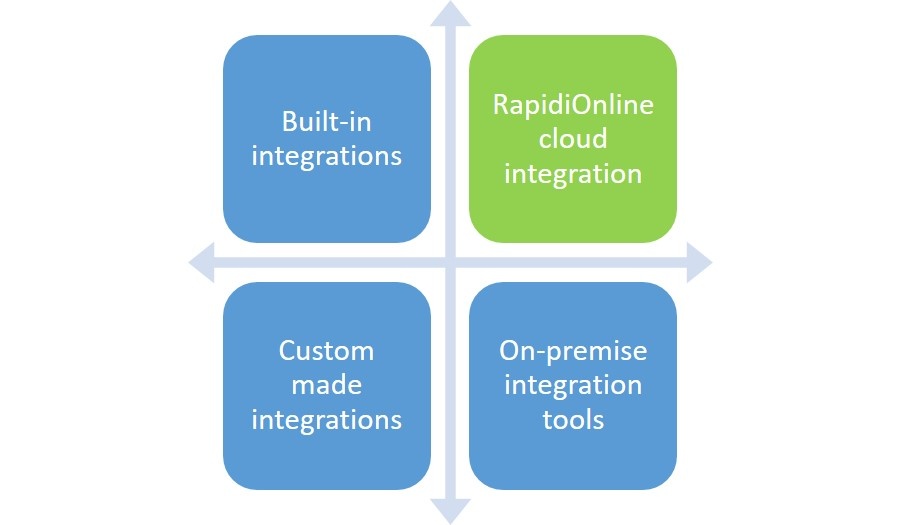During Dreamforce 2016 I had a mission to understand how the future integration needs of companies will evolve in the next 2-3 years and what impact this evolution will have on their integration strategy. Analyzing the various sources of opinions regarding future integration needs, it came out as a pretty consistent picture.
Integration from a CRM perspective is about giving companies a 360-degree overview of their customers and prospects. Up to now, very often getting the “full” customer picture has been limited to collecting data from the different internal systems and available data platforms. In reality this will never be a full picture, but only the best available picture. It is very clear that Salesforce is striving to move closer and closer towards a real, full 360-degree view - by combining external data agents to fill out the blanks. Together with their newly introduced AI (Artificial Intelligence in Salesforce is called Einstein ), the system will actually be able to suggest actions based on history and a combination of internal and external data sources. The more data you will be able to feed this predictive insight system – also through integration to other systems, the more you will get out of your Salesforce CRM system.
System integration can help you feed Salesforce Einstein
The future of data integration is as bright as ever, and the real question is: how do you integrate to other systems to provide additional insight to your Salesforce Einstein? Salesforce has a pretty powerful and robust integration framework (API), and it’s not that complicated to load data into CRM, so custom integrations can work if you have limited data to load. But if you have many records, and maybe more complex requirements such as work process dependent data integrations or multiple data sources, then you will lose the data management insight to keep the systems in sync, which will result in having data people cannot trust.

On-premise integrations are still needed – according to Salesforce’s predictions, during the next 5 years, companies will be using both on premise and cloud systems as part of their infrastructure landscape. Therefore, your integration strategy has to accommodate both on premise and cloud integrations, which rules out purely on premise based integration tools within the very near future.
We also see that the bigger software vendors are offering embedded out-of-the-box integrations between their own software and the most obvious complementary software. For instance, HubSpot offers an out of the box integration with Salesforce to enable data to flow between the systems, and we see Microsoft offering a standard integration between Microsoft Dynamics CRM and the Microsoft ERP product suite. These interfaces are typically made on a precise best practice scenario and if you have more advanced needs, then you need a more flexible tool to configure your integration in.
In all of the above situations you will face a problem around your data management because there is not one common data flow console where you can track status on your integration as a whole.

One of the benefits of using a cloud integration platform like RapidiOnline is that it offers full support for both on premise and cloud integrations, on a single centrally managed data integration platform. Rapidi has taken the consequences of the integration landscape and has specialized in Salesforce and Microsoft Dynamics integrations, while still offering an open platform to add additional data sources. It is much more complex to do a workflow driven data integration empowering automated processes between ERP and CRM such as Quote to cash. Our focus is around making the integrations configuration console so simple that it becomes just as easy to integrate Salesforce and Dynamics as it is to utilize any embedded integration tool. Easier actually.











